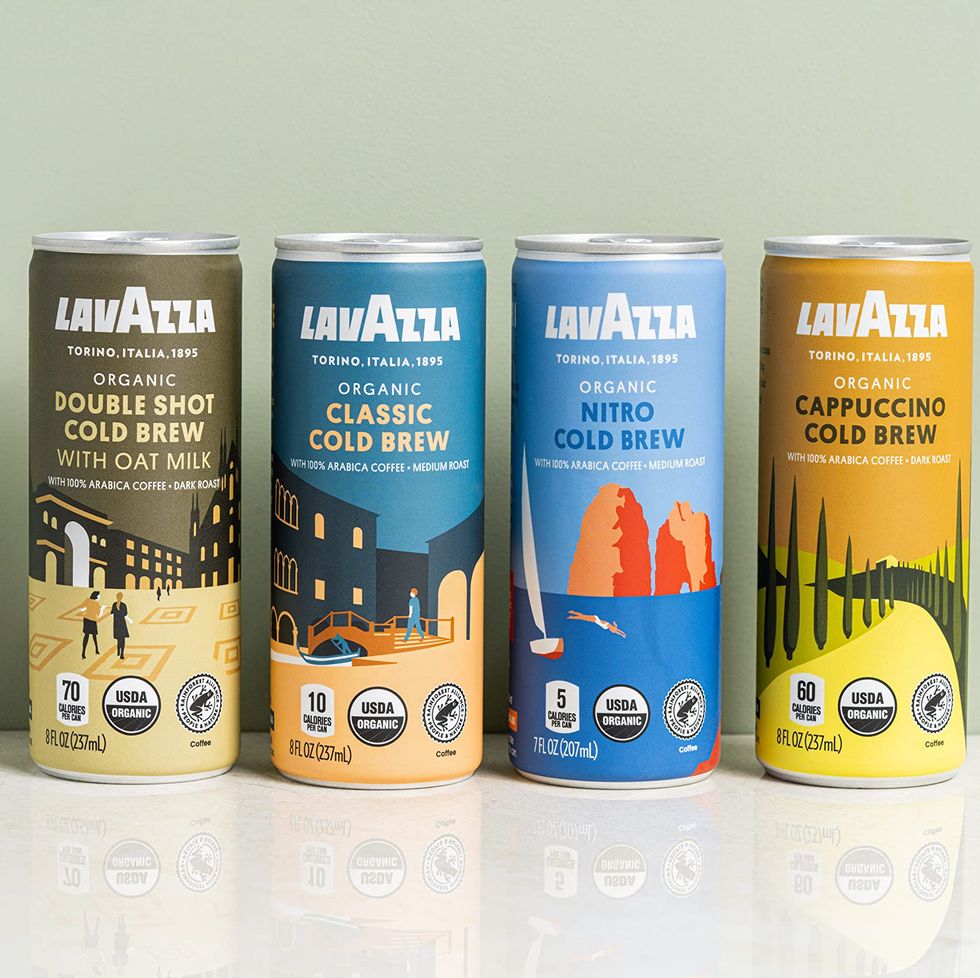
Photo by Kaffee Meister on Unsplash
Asia’s Demand for Coffee
Asia produces more than one third of the world’s coffee, with Vietnam and Indonesia among the world’s top five largest coffee producers. Drinking coffee is a cultural phenomenon, many people in Singapore and Malaysia start their day with a cup of kopi while the urban young can be sipping lattes in modern cafes with minimalist aesthetics. In major cities across Asia, independent cafes and domestic coffee chains have flourished alongside international coffee chains.
Japan is the region’s largest consumer of coffee, with coffee sales worth $34.45 billion in 2020, according to Mersol & Luo. China is already the second largest coffee market at $14.25 billion, recently overtaking South Korea ($12.6B), and enjoying near double digit year-on-year growth. Long-term demand for coffee in China is set to grow, potentially rivalling America as the largest consumer market for coffee globally.
Indonesia is not only a major producer and exporter of coffee beans. In recent years, the country has seen a rapid growth in coffee consumption. Its domestic coffee consumption reported in June 2021 was 144% more than that of Australia and 28% more than UK, countries that already have a high per-capital consumption of coffee, according to USDA’s Coffee: World Markets and Trade report.
In this article, we highlight 5 trends observed in in Asia’s thriving coffee market.
1) Increasing Popularity of Specialty Coffee
The demand for specialty coffee was brought about by the Third Wave of Coffee, a movement characterised by increasing coffee quality, more direct trade, traceability and sustainability, as well as innovative brewing methods.
The Asia-Pacific region is estimated to be the fastest-growing specialty coffee market in the world. According to Research and Markets, the region’s specialty coffee sector will experience a 15.3% annual growth rate from now until 2030.
Specialty coffee is a term used by the Specialty Coffee Association (SCA) to refer to coffee that has scored over 80 points on a 100-point scale. It is considered to be the crème de la crème, grown at the perfect altitude, in the best soil and picked at the right time before it’s sold to premium coffee traders and roasters.
2) Demand for High Quality Ready-To-Drink (RTD) Products
Convenience is a growing priority for coffee consumers. Canned and RTD coffee products, including cold brew and milk-based beverages have been popular in many countries for some time now. Coffee connoisseurs believe that the emerging fourth wave of coffee will be focused on the availability of high-quality products such as coffee beans, cold brew, instant coffee and capsules. Roasters and coffee shops have started production of high-quality ready-to-drink (RTD) products such as coffee in cans, and products like instant coffee, drip bags. For example, Lavazza, an Italian brand which has been making espresso for more than 125 years has released some of its single-serve organic coffees in a RTD format.
Photo Credit: Lavazza
3) Conscious Consumerism
Coffee consumers are becoming more conscious about the origins of their coffee. According to research from Mintel Global New Products Database (GNPD), nearly half (48%) of all new coffee product launches in 2020 carried an ethical or environmental claim, close to double the number from almost a decade ago (2012) when just one in four (25%) coffee launches were sustainable.
There are many certification programmes in the coffee sector. Some of the popular ones include Fairtrade, USDA Organic, 4C, UTZ and Rainforest Alliance. According to Fair Trade, 78% of consumers trust the Fair Trade Certified label and 1 in 3 are more likely to purchase with the Fair Trade Certified label.
As younger consumers are becoming more environmentally conscious, they will show less tolerance for waste, especially pods that are recyclable but rarely recycled. Mintel analysts expect the launches of ‘greener’ coffee pods to grow fast.
4) Shift to Plant-Based Milk Alternatives
Consumers have for years been slowly shifting away from traditional dairy, the popularity of plant-based milk have surged since the pandemic as consumers become more environmentally conscious, especially across the younger generation. With the increasing availability of plant-based milk alternatives at both independent cafes and international coffee chains, more consumers are choosing plant-based milk for their coffees.
Blue Bottle Coffee, considered a major player in third wave coffee, has made oat milk the default across their US cafes. Having launched pilots at the start of 2022, they found that 59% of customers were ordering oat milk after four months. Similarly, Flash Coffee, a Singapore-based coffee franchise, partnered with Oatside to make oat milk the default in any milk-based drinks, at no additional cost to consumers.
The popularity for oat milk continues to grow in the region. Majority of Swedish oat milk brand Oatly’s revenue in Asia is coming from a single product – Oatly’s Barista edition, according to Green Queen. Asia is also Oatly’s fastest growing region, with mainland China, Hong Kong and Taiwan contributing 94% of the revenue.
5) Growing At-Home Consumption of Premium Coffee
With pandemic lockdowns catalysing a growing interest in premium and specialty coffee at home, the at-home coffee market looks set for further growth as consumers move towards sophisticated brewing methods and invest in high-end equipment.
Ownership of specialty brewing equipment has grown as hybrid and remote working arrangements become the norm. Mintel research shows that a third of remote workers own a single-cup specialty coffee brewer (eg Nespresso) compared to a quarter of non-remote workers; 20% of remote workers own a pour-over coffee set compared to less than 10% of non-remote workers. As consumers seek to recreate café beverages at home, this indicates opportunities for retail coffee brands and complementary categories such as coffee additives and coffee appliances.
Looking to expand your business into the Asian market?
FHA – Food and Beverage returns next year on 23-26 April 2024 at Singapore Expo. With a line-up of leading global suppliers, industry professionals can anticipate the most extensive showcase of trending F&B and hospitality products and solutions, cutting-edge technologies for food & drinks manufacturing, and more at the mega event. Contact us to get involved.



























